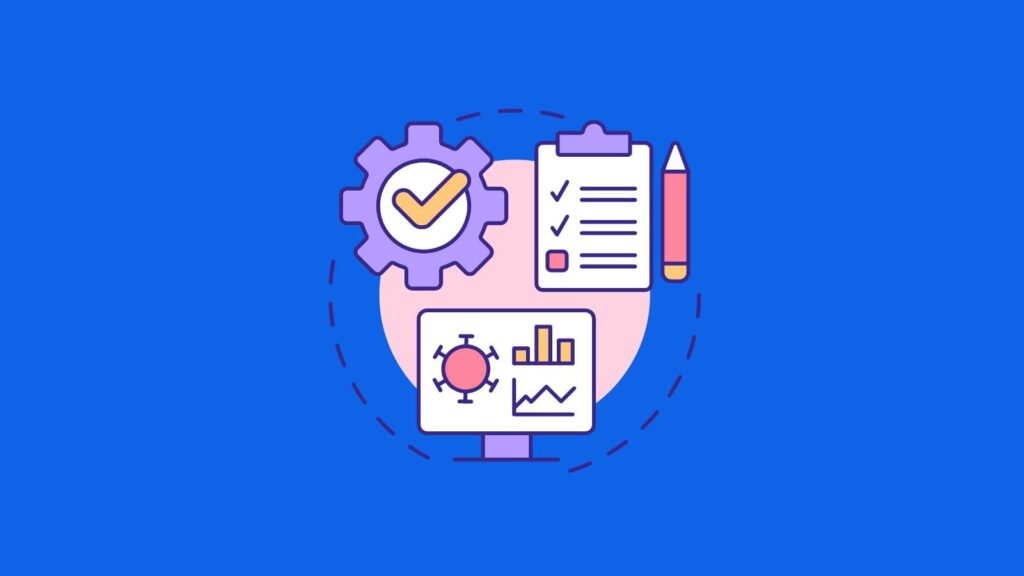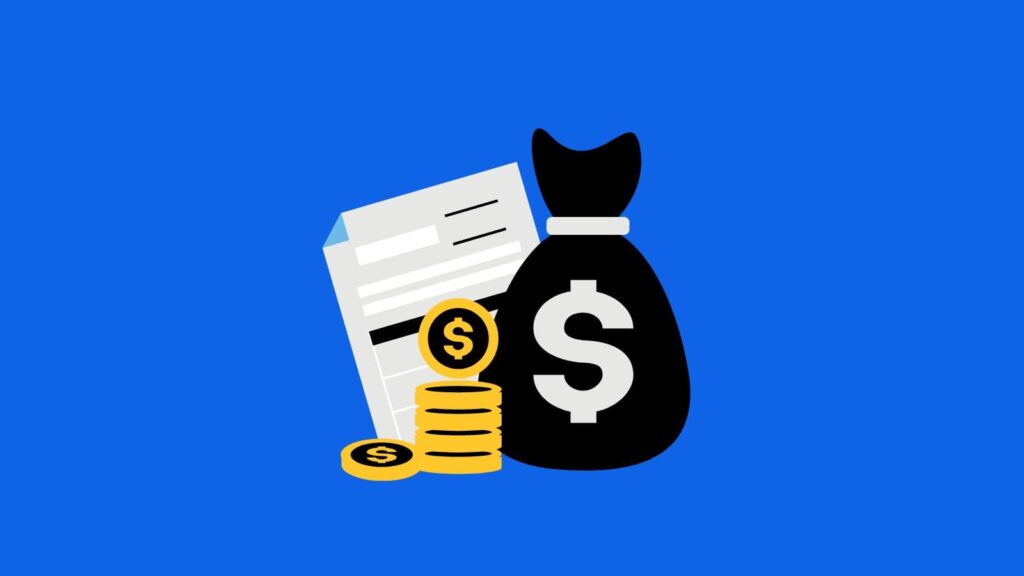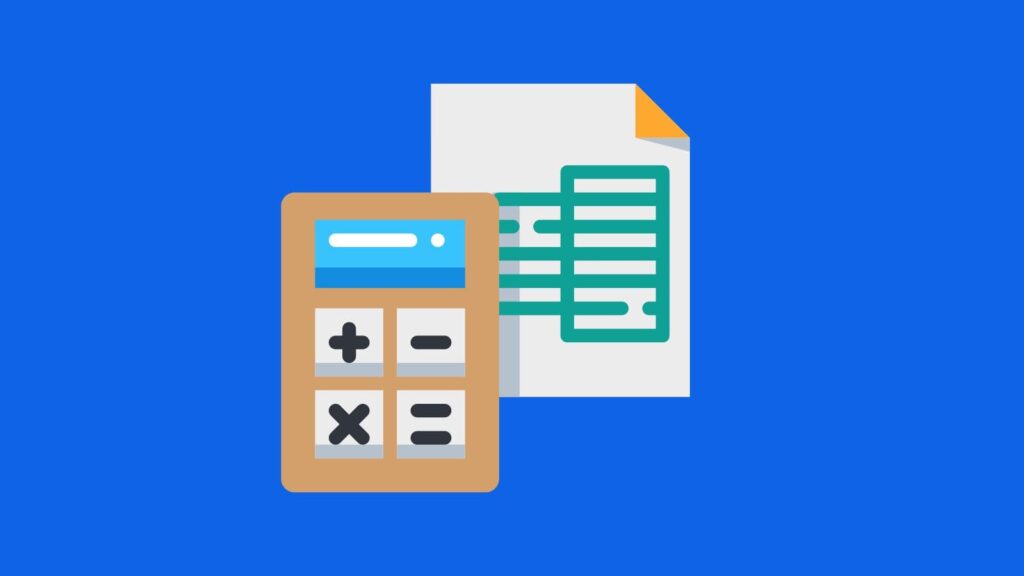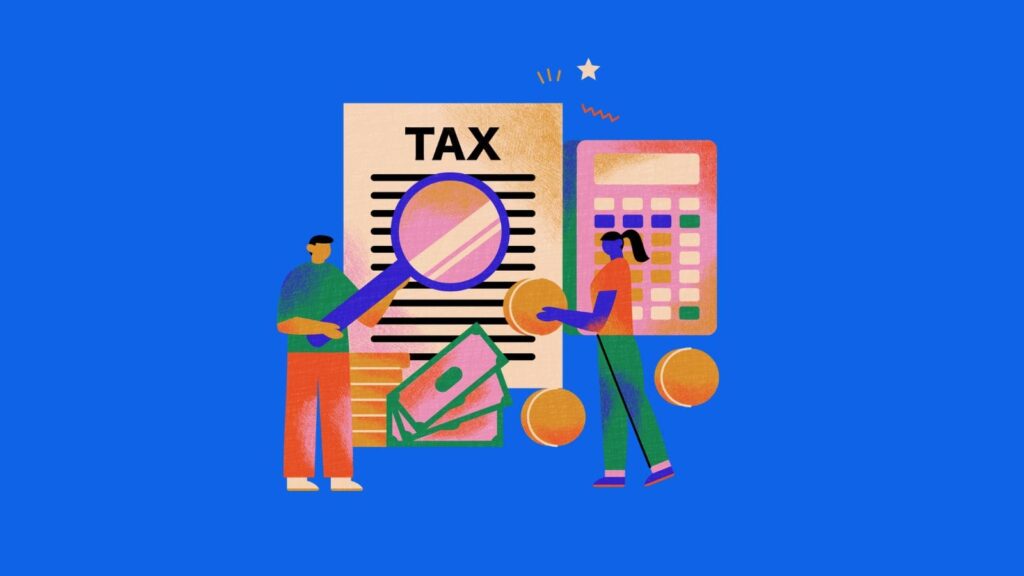A Guide to Understanding Your Estimated Taxes in New Jersey 2023
January 30, 2023
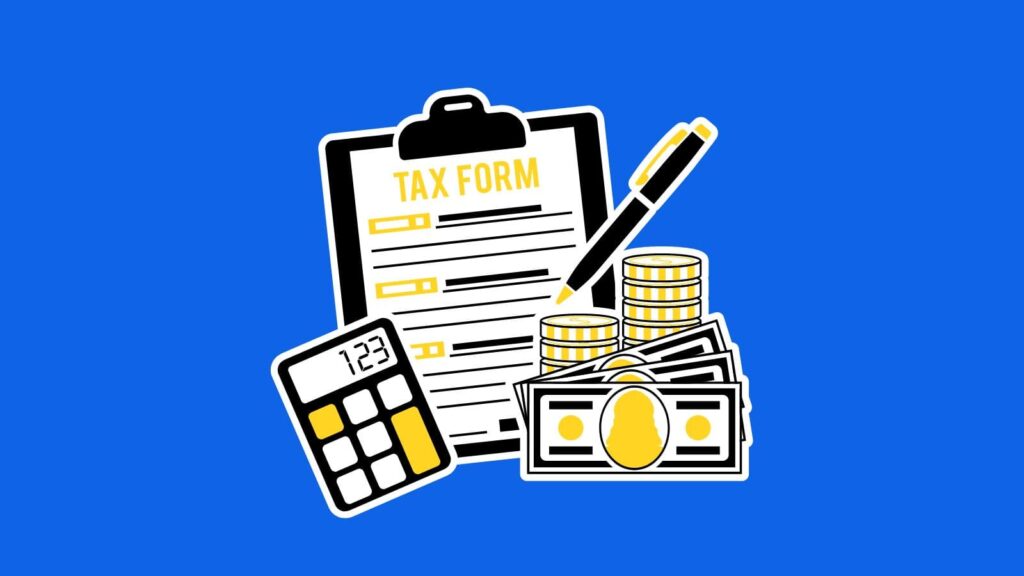
peakreliance
Accounting, Bookkeeping, Taxes
Tax season can be difficult to navigate, especially if you are a resident of New Jersey. With the changing tax regulations and the introduction of new tax laws each year, it is important to understand your estimated taxes in order to maximize your tax return and minimize any potential penalties. To help you understand your estimated taxes in New Jersey for 2023, this guide provides an overview of the state’s taxation laws and how to accurately estimate your taxes. It also provides resources to help you determine whether you need to pay estimated taxes, how to file your estimated taxes, and what deductions you can take to reduce your tax burden. With this guide, you will be able to confidently plan for your tax obligations and save money in the process.
Overview of New Jersey Taxation Laws
New Jersey residents are subject to federal taxation laws, as well as the state’s taxation laws. The state’s taxation laws are administered by the New Jersey Department of Treasury. The state’s tax rates are progressive, which means that they apply different rates to different levels of income. New Jersey’s state income tax rate is 6.62%. Residents earning $40,000 or less are taxed at a lower rate of 5.5%. The state also collects a sales tax of 6.625%, which is applied to the majority of goods and services purchased in New Jersey. In addition to these taxes, New Jersey residents are subject to a property tax. The property tax is the primary source of funding for public schools, municipalities, and counties.
What are Estimated Taxes and When Do I Need to Pay Them?
People who receive income from a source other than a W-2 (e.g. self-employment, 1099 income, investment returns, etc.) are usually required to pay estimated taxes throughout the year. This means that you will be responsible for paying a portion of your taxes throughout the year, rather than waiting until April 15th to complete your tax return. Estimated taxes are calculated based on your expected income and tax bracket. If you choose to pay your taxes throughout the year, rather than wait until the end of the year, you will receive a partial tax refund when you file your taxes. You will only be taxed on the money you earn during the year and will receive a tax refund because you overpaid throughout the year. If you are required to pay estimated taxes, you will be responsible for paying an additional amount each quarter (or more, depending on your income). For more information about the requirements for paying estimated taxes, refer to the next section.
How to Calculate Your Estimated Taxes
The first step to calculating your estimated taxes is determining how much you will be making in a year. If you receive income from multiple sources, add all of your expected income together and then subtract any deductions you will be taking. Once you have calculated your net income, you can use a tax calculator to determine the amount of tax you will owe and then how much you will need to pay in estimated taxes. A good online tax calculator will also help you determine if you are eligible for any tax deductions, which can reduce the amount of tax you owe. This will make the process of calculating your estimated taxes significantly easier. Once you have calculated your estimated taxes, you can use a payment schedule to determine when you will need to make your payments. The payment schedule will vary depending on your particular tax situation, so it is important to consult with a tax professional to determine the best course of action.
How to File Your Estimated Taxes
If you are required to pay estimated taxes, it is important to file your taxes correctly. Your state Department of Treasury will keep track of your estimated payments and help you account for any mistakes you make when filing your quarterly payments. If you file your estimated taxes incorrectly, you may be penalized for an inaccurate filing. Your state Department of Treasury will keep track of your estimated payments and help you account for any mistakes you make when filing your quarterly payments. If you file your estimated taxes incorrectly, you may be penalized for an inaccurate filing. It is important to file your estimated taxes as soon as you are required to begin making payments. If you miss a payment, you will be charged a penalty fee and will not be able to receive a tax refund. It is also important to keep in mind that paying estimated taxes does not mean you will not have to pay taxes at the end of the year. The money you pay in estimated taxes will be deducted from the amount you owe at the end of the year, so it is advisable to overestimate your payments to avoid having to pay a penalty at the end of the year. In addition, if you pay too much in estimated taxes, you will not be able to receive a tax refund.
Resources for Understanding Your Estimated Taxes
As mentioned previously, it is important to understand your estimated taxes in order to maximize your tax return and minimize any potential penalties. To do this, you first need to be aware of what deductions you can take to reduce your tax burden. Once you have listed the deductions that apply to your situation, you can then determine how much you will be paying in taxes and how much you will need to pay in estimated taxes. A good place to start for information on tax deductions is the IRS website, which provides information on all applicable deductions. You can also speak with a tax professional to learn more about the deductions that apply to your situation.
Deductions to Reduce Your Tax Burden
– Health Insurance – If you receive health insurance through your employer, you will not be eligible for a deduction. However, if you purchase your own health insurance and do not receive a subsidy from the government, you may be eligible for a tax deduction. – Childcare – If you have children under the age of 13 and pay for childcare, you may be eligible for a tax deduction. – Taxes Paid – If you have paid property taxes, state taxes, or other taxes that apply to you, you may be eligible for a deduction. – Education- If you are paying for a degree at a college or university, you may be eligible for a deduction.
Strategies for Maximizing Your Tax Return
Once you have a better understanding of your estimated taxes, it is easier to maximize your tax return. The most effective way to maximize your tax return is to make sure you are aware of all of the deductions that apply to your situation. In addition, you can also consider reducing your taxable income by taking advantage of any strategies that apply to you.
Some strategies you can use to reduce your taxable income include:
- Contribute to a retirement account such as a 401(k) or an IRA
- Invest in a Health Savings Account (HSA)
- Take advantage of a child care tax credit
- Make the most of your deductions and exemptions
- Make eligible and claimable adjustments to your income
- Use other strategies to reduce your taxable income
- Maximize retirement contributions
- Minimize debt
- Choose a tax-advantaged investment account
- Choose a tax-advantaged savings account
- Choose a tax-advantaged investment account
- Choose a tax-advantaged savings account
- Take advantage of tax credits
- Take advantage of tax deductions
- Take advantage of tax exclusions
Common Mistakes to Avoid With Your Estimated Taxes
Once you have a better understanding of your estimated taxes, it is easier to avoid the common mistakes that often occur with this type of tax filing.
Some of the most common mistakes include:
- Not understanding how to calculate your estimated taxes: It is important to understand how to accurately calculate your estimated taxes in order to avoid making mistakes.
- It is also important to keep in mind that estimated taxes are not a one-size-fits-all process, so you will need to adjust your estimated taxes based on your unique tax situation.
- In addition, it is important to be aware of any changes that may occur during the year (e.g. childbirth, a significant life change) to make sure you are accounting for them when calculating your estimated taxes.
Summary of Estimated Taxes in New Jersey 2023
The key to successfully estimating your taxes is to understand your situation. Once you have a better understanding of your estimated taxes, it is easier to maximize your tax return. It is important to be aware of the deductions that apply to your situation as well as any strategies that you can use to reduce your taxable income. In addition, it is important to accurately calculate your estimated taxes to avoid making mistakes. With a better understanding of your estimated taxes, you can maximize your tax return and avoid unnecessary penalties.
Need help with your estimated taxes in New Jersey? Contact us at +1 (718) 218-5558 or hi@peakreliance.co to learn more about our services and get expert assistance with your tax obligations.
Post Tags :
Estimated Taxes, New Jersey
About Us
Empowering small businesses and individuals with efficient and reliable bookkeeping & tax services.



